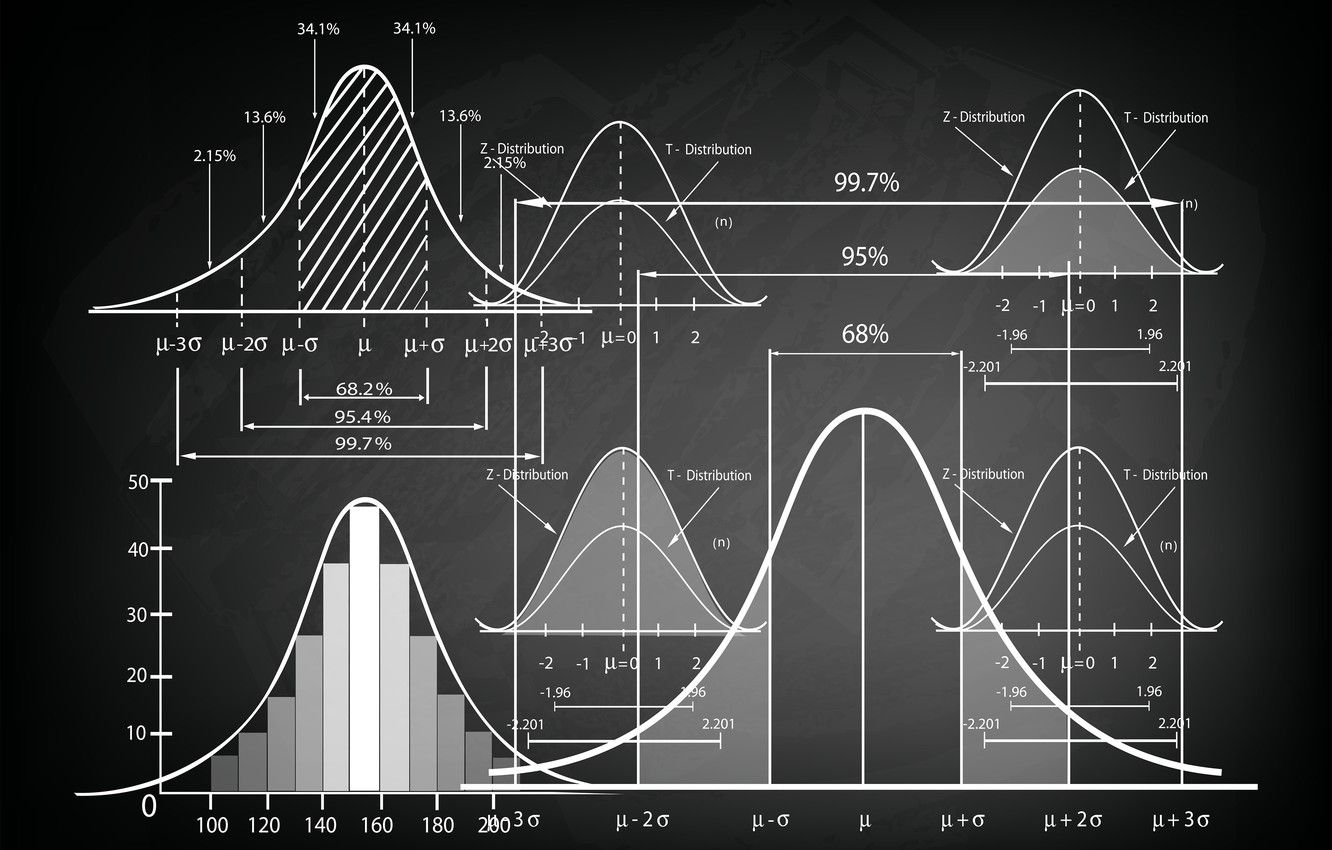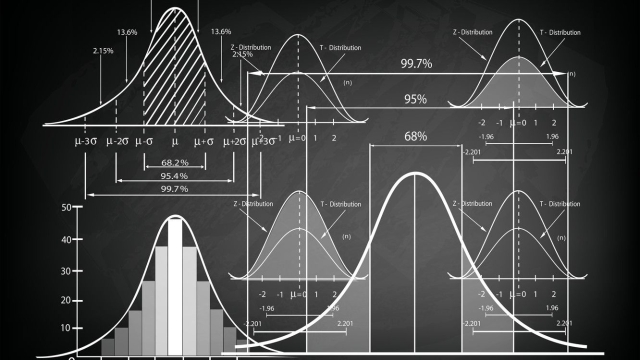
In the world of information and decision-making, data analysis serves as a powerful tool to uncover valuable insights that lie within the vast sea of data. By diving deep into datasets, analysts can decipher patterns, trends, and correlations that hold the key to understanding complex phenomena and making informed choices. Data analysis is the process of inspecting, cleaning, transforming, and modeling data with the goal of discovering meaningful information, suggesting conclusions, and supporting decision-making. Through a combination of critical thinking, statistical tools, and domain knowledge, analysts can extract actionable insights and drive positive change in various fields.
Types of Data Analysis
In the realm of data analysis, there are several distinct approaches that professionals utilize to extract valuable insights. One common method is Descriptive Analysis, which involves summarizing raw data to provide a clearer understanding of patterns and trends within the dataset. This type of analysis is essential for gaining an initial overview of the information available.
Moving beyond descriptive techniques, Diagnostic Analysis aims to delve deeper into the data to uncover the root causes of certain outcomes or behaviors. By identifying relationships and correlations, analysts can pinpoint factors that contribute to specific results. This type of analysis is crucial for understanding the ‘why’ behind the observed patterns.
Predictive Analysis takes data analysis to the next level by utilizing statistical algorithms and machine learning models to forecast future trends based on historical data. This forward-looking approach enables businesses to make informed decisions and anticipate potential outcomes with a degree of confidence. By leveraging predictive modeling, organizations can proactively plan for various scenarios.
Tools for Effective Analysis
When it comes to data analysis, having the right tools is essential. One of the most widely used tools in the field is Microsoft Excel, known for its versatility in handling large datasets and performing various calculations.
Another popular tool for data analysis is Python, a programming language that offers powerful libraries like Pandas and NumPy. These libraries provide a wide range of functions for data manipulation, cleansing, and visualization, making Python a favorite among data analysts.
For more advanced analysis and modeling, tools like R and SAS are commonly used in the industry. These tools offer sophisticated statistical capabilities and are preferred for complex data analysis tasks that require in-depth statistical techniques.
Interpreting Key Findings
After conducting in-depth data analysis, the key findings have revealed valuable insights that can greatly impact decision-making processes. Through the interpretation of these findings, patterns and trends begin to emerge, shedding light on areas of strength and areas for improvement.
By delving into the data, it becomes evident that certain variables are strongly correlated, indicating a causal relationship that should not be overlooked. These relationships can provide a deeper understanding of the underlying dynamics at play and serve as a foundation for strategic planning moving forward.
Moreover, outliers and anomalies within the data can offer unexpected revelations when properly examined. These unexpected findings may uncover hidden opportunities or risks that were previously unnoticed, prompting further investigation and potentially altering the course of action based on the insights gained.
